A Detailed Study Of Asteroid Camilla

Introduction
Asteroids have long captivated the curiosity of scientists and stargazers alike. These celestial objects, remnants from the early solar system, offer valuable insights into our cosmic origins. One such asteroid that has caught the attention of astronomers is Asteroid Camilla. In this comprehensive guide, we will delve deep into the mythology, history, and cultural significance of Asteroid Camilla, providing a detailed study of this fascinating celestial body.
The Discovery of Asteroid Camilla
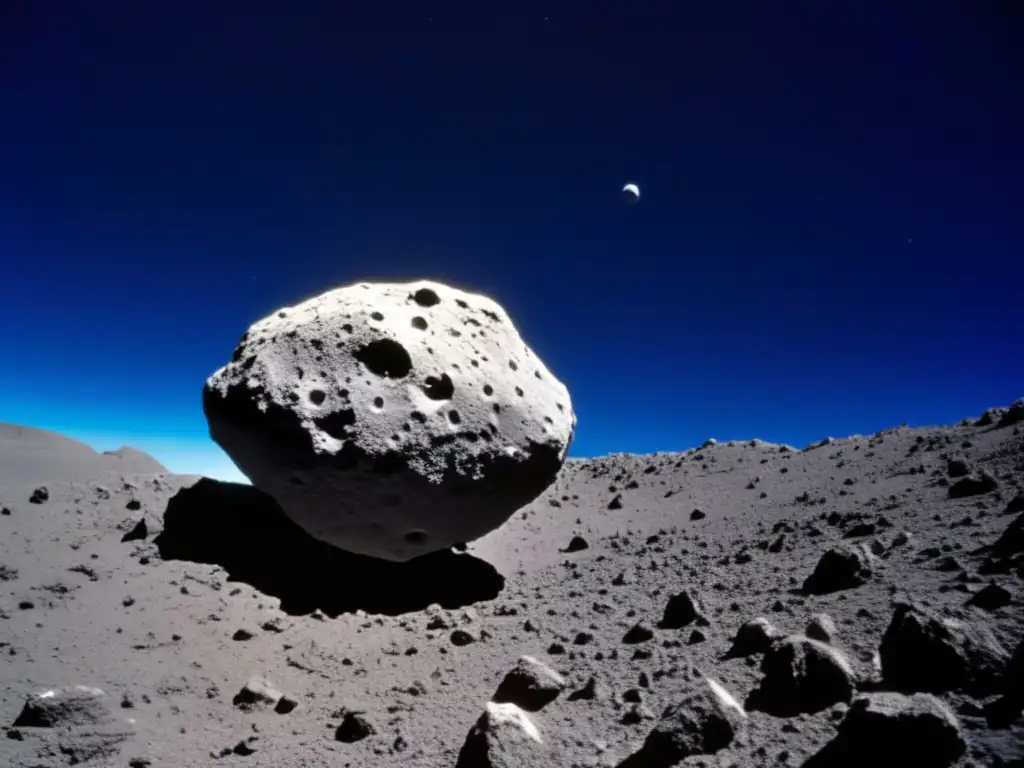
Camilla's Classification and Physical Characteristics
Asteroid Camilla, also known as 107 Camilla, was discovered on November 17, 1868, by renowned astronomer Normann Pogson at the Madras Observatory in India. It belongs to the main asteroid belt located between Mars and Jupiter, with an estimated diameter of approximately 262 kilometers. Camilla falls under the category of C-type asteroids, which are characterized by their carbonaceous composition.
Camilla's Orbit and Composition
Camilla follows an elliptical orbit around the Sun, taking about 4.77 Earth years (1739 days) to complete one revolution. Its average distance from the Sun is approximately 2.71 astronomical units (AU), with an eccentricity of 0.184. Spectroscopic analysis of Camilla's surface reveals the presence of minerals such as pyroxene and olivine, indicating its composition is similar to that of primitive meteorites.
Camilla's Naming and Mythological Significance
Asteroid Camilla is named after the mythological Roman warrior queen, Camilla of the Volsci. Camilla was a swift and courageous warrior who fought alongside Turnus against the hero Aeneas in Virgil's epic poem "The Aeneid." Camilla's naming reflects her fierce and independent spirit, mirroring the qualities attributed to this asteroid.
The Cultural Significance of Asteroid Camilla
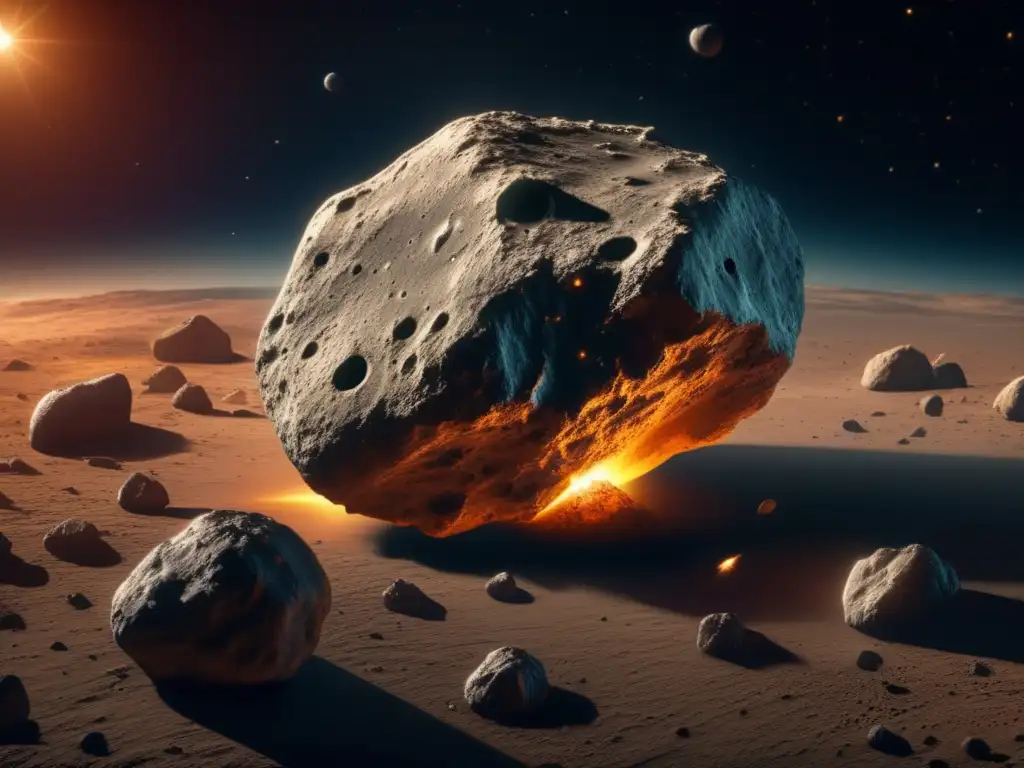
Camilla's Impact on Astrology and Horoscopes
Asteroids like Camilla have had a significant impact on astrology and horoscope interpretations. In astrological terms, Camilla represents qualities such as independence, strength, and a warrior-like spirit. Astrologers often associate Camilla with individuals who possess a tenacious nature and a drive to overcome obstacles. In horoscope readings, Camilla's position and aspects provide insights into an individual's assertiveness and determination.
Camilla's Influence in Popular Culture
Asteroid Camilla has also made its mark in popular culture. It has been referenced in various books, movies, and video games, often symbolizing strength and resilience. The celestial body's association with a warrior queen adds a touch of mythology and mystique to these depictions, capturing the imagination of many.
Scientific Research and Exploration
Scientists are continually studying asteroids like Camilla to expand our understanding of the early solar system. Space missions such as NASA's Dawn spacecraft have provided close-up images and measurements of asteroid surfaces, including Camilla's. These missions help scientists analyze the composition and structure of asteroids, shedding light on their formation and evolution.
Frequently Asked Questions
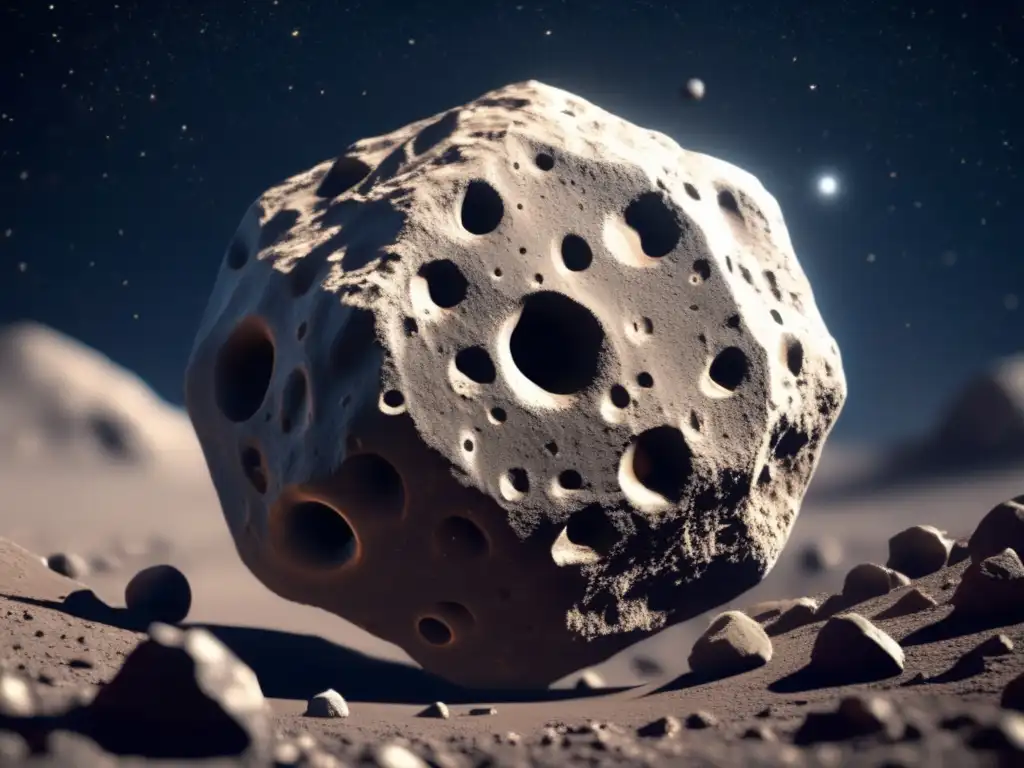
-
Q: What is the classification of Asteroid Camilla?
A: Asteroid Camilla belongs to the C-type asteroids, characterized by their carbonaceous composition.
-
Q: How was Asteroid Camilla named?
A: Asteroid Camilla is named after the mythological Roman warrior queen, Camilla of the Volsci.
-
Q: What is the size of Asteroid Camilla?
A: Asteroid Camilla has an estimated diameter of approximately 262 kilometers.
-
Q: What is the orbit of Asteroid Camilla?
A: Asteroid Camilla follows an elliptical orbit around the Sun, taking about 4.77 Earth years (1739 days) to complete one revolution.
-
Q: What is the cultural significance of Asteroid Camilla?
A: Asteroid Camilla has influenced astrology, horoscopes, and popular culture, symbolizing qualities of strength and resilience.
Conclusion
Asteroid Camilla offers a fascinating glimpse into the celestial wonders of our universe. From its discovery and classification to its mythological and cultural significance, Camilla has captivated both scientists and enthusiasts alike. The study of asteroids like Camilla continues to unravel the mysteries of our cosmic origins and inspire awe in the face of the vastness of space. We encourage you to share your thoughts and explore further resources to delve deeper into the captivating world of asteroids.
Thank you for joining us on this journey through the detailed study of Asteroid Camilla. Visit Asteroid Realm at www.asteroidrealm.com for more intriguing articles and stay connected with our community.
Additional Resources
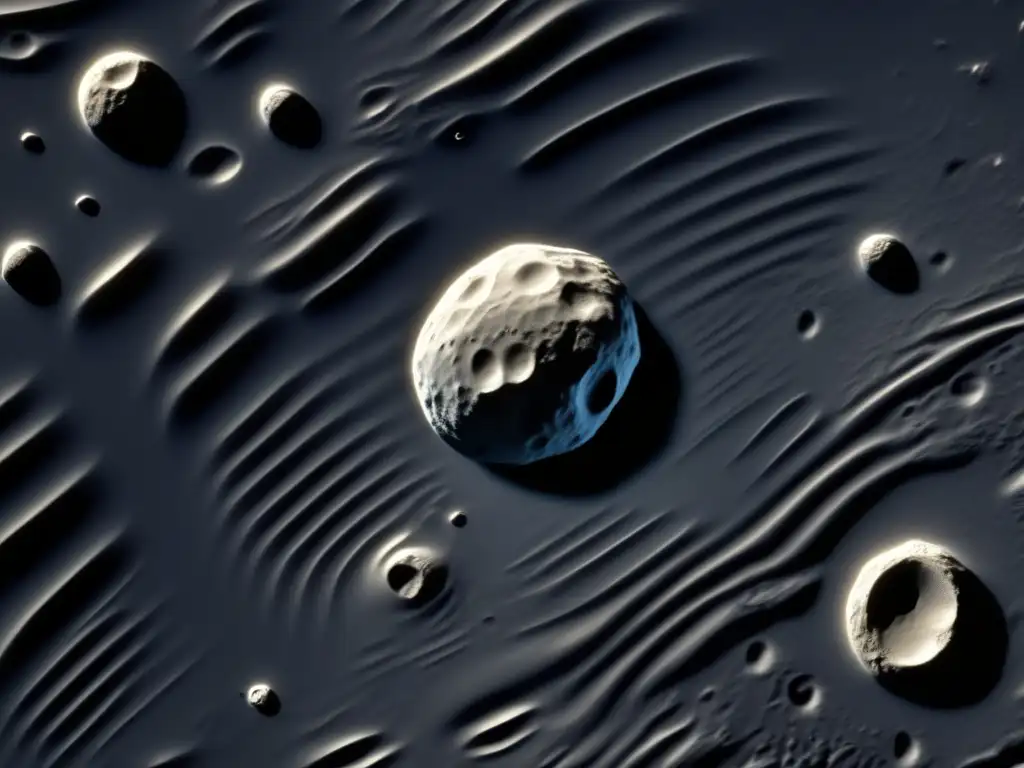
For more information about asteroids and their significance, check out the following resources:
- NASA Asteroid Website
- NASA Solar System Exploration: Asteroids, Comets & Meteors
- NASA Jet Propulsion Laboratory: Creating an Asteroid Mission
- National Geographic: Meteorites, Asteroids & Comets
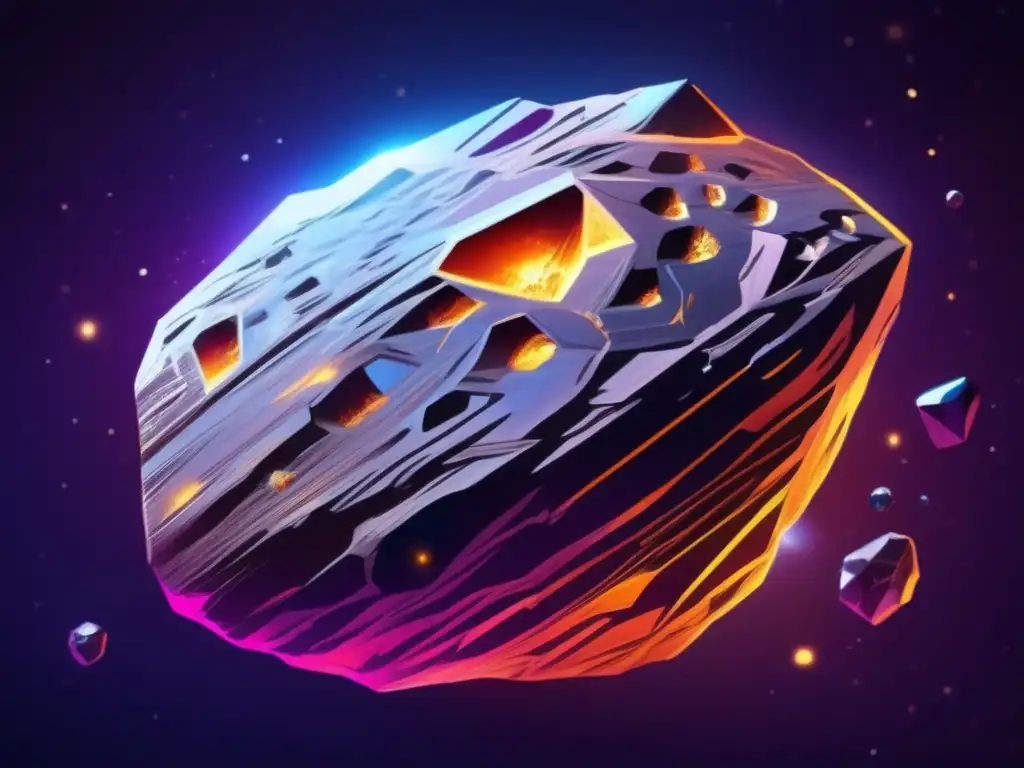 The Unusual Shape Of Asteroid Hermione
The Unusual Shape Of Asteroid Hermione Discovering Asteroid Leto: The Mother Of Apollo And Artemis
Discovering Asteroid Leto: The Mother Of Apollo And Artemis A Close Look At The Main Belt Asteroid Harmonia
A Close Look At The Main Belt Asteroid HarmoniaIf you want to discover more articles similar to A Detailed Study Of Asteroid Camilla, you can visit the Asteroid Profiles category.
Leave a Reply

Articulos relacionados: